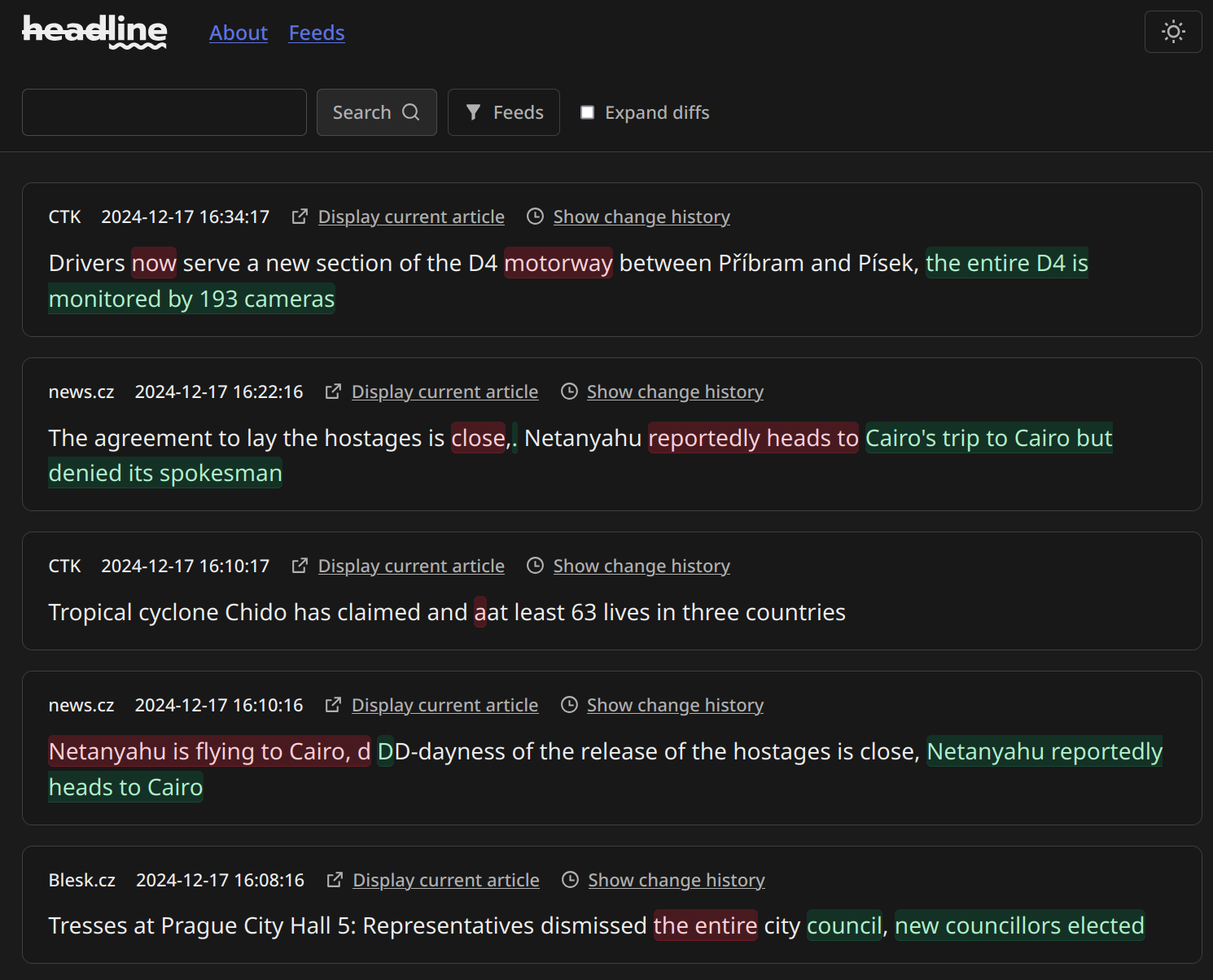Not gonna do a debunk, but just wanna say that some of the "neutral facts" in this here article aren't really accurate. This isn't a good place to learn science, even lib science. It's a political article. But also the politics suck. It's a news article. But also the "news" here is mostly from 1983ish.
Anyway it sucks. RKA sucks.
spoiler
FDA reportedly raids manufacturer of poppers, an increasingly popular party drug
A manufacturer of the drug announced it has “stopped all operations following a search and seizure at our offices by the FDA.”
Amyl nitrite is commonly known as "poppers."Iain Buist / Mirrorpix via Getty Images file
March 14, 2025, 11:50 PM GMT
By Benjamin Ryan
The U.S. Food and Drug Administration has reportedly targeted a manufacturer of poppers, an inhalant drug that has gained increasingly mainstream popularity as an adjunct to clubbing and sexual activity. The drug has long been sold in convenience stores under a legal loophole.
Double Scorpio, an Austin-based poppers manufacturer, issued a statement on its website Thursday stating that the company had “stopped all operations following a search and seizure at our offices by the FDA.”
The reported raid comes after Robert F. Kennedy Jr. took the helm of the U.S. Department of Health and Human Services, which oversees the FDA. Kennedy, an environmental lawyer with a history of drug addiction and false claims about vaccines in particular, has erroneously suggested that poppers and other drug use, not HIV, cause AIDS. However, what led to the reported raid or whether Kennedy had any knowledge of it is unclear.
The news about the FDA search and seizure was first released by Fast Company, which reported based on anonymous sources that a broader crackdown was underway.
When asked about whether the FDA is cracking down on any manufacturers of poppers, Amanda M. Hils, an FDA spokesperson, said the agency, as a matter of policy, “does not comment on possible criminal investigations.”
HHS did not respond immediately to a request for comment. Nor did Double Scorpio.
A representative of another company, The Popper King — which is based in Buffalo, New York, and brands its website as the “premiere site to buy poppers online” — said the business had not been contacted by the FDA. The representative said she could not discuss the matter further; she declined to reveal her name and did not provide a reason.
Alkyl nitrates, or poppers, which are meant to be inhaled, cause an immediate and short-lasting euphoric rush along with muscle relaxation. The drug has long been popular among gay men, in part because it can relax the sphincter muscle and make anal sex less painful and otherwise more pleasurable.
Side effects include headache, rapid heart rate, visual disturbances, dizziness and flushing in the face. Poppers can also cause an abnormal amount of hemoglobin to collect in the blood, low red blood cells, damage to the eyes and skin inflammation and irritation.
The FDA issued an advisory in 2021 warning consumers not to purchase or use poppers, stating that “these products can result in serious adverse health effects, including death, when ingested or inhaled.” The advisory stated: “The FDA has observed an increase in reports of deaths and hospitalizations with issues such as severe headaches, dizziness, increase in body temperature, difficulty breathing, extreme drops in blood pressure, blood oxygen issues (methemoglobinemia) and brain death after ingestion or inhalation of nitrite ‘poppers.’”
According to Adam Zmith, the author of “Deep Sniff: a History of Poppers and Queer Futures,” amyl nitrate, a close cousin to the chemical most widely used as poppers today, was first identified by a French chemist in 1844. By the late 19th century, doctors used it to ease chest pain, because it affects blood flow to the heart. The drug, Zmith said, became popular with gay men in New York and San Francisco beginning in the 1950s and 1960s, when it was available without a prescription from pharmacists.
Though Congress has tried to regulate and ban some iterations of poppers, they have long persisted in a legal gray area. According to a report in the August issue of California Legal Review, it is illegal to sell poppers for recreational use under U.S. law. As a result, the report notes, some manufacturers have gotten around this by marketing these chemicals for commercial purposes, such as air fresheners, leather cleaners and nail polisher removers. Poppers can now be found in smoke shops and convenience stories with brand names such as Rush, Jungle Juice and Locker Room.
Poppers, AIDS and RFK Jr.
After the first signs of the AIDS epidemic were identified among gay men in 1981, scientists initially investigated whether the use of party drugs, including poppers, was causing the catastrophic collapse of the immune system in a rapidly increasing number of gay men. But after HIV was identified as the cause of AIDS in 1983, it became clear that poppers, though they cause disinhibition and are correlated with sexual behaviors that drive HIV transmission, were not the central culprit.
Nevertheless, Kennedy has lent credence to the unsupported theory that poppers caused AIDS. He asserted in an undated speech, unearthed in 2023, that during the early 1980s, Dr. Anthony Fauci, who became the head of the National Institute of Allergy and Infectious Diseases in 1984, essentially won a scientific “power struggle” to claim AIDS was caused by an infectious disease and that this, Kennedy said, “allowed him to take control of it.” Instead, Kennedy falsely argued, HIV was a mere “passenger virus” and suggested that it was the “gay lifestyle” of poppers use and heavy partying that was driving an “autoimmunity” among them.
There is no proven causal link between poppers and AIDS. HIV is a retrovirus that is primarily sexually transmitted and infects immune cells. Left untreated, it destroys the immune system over time, leaving the body vulnerable to infections, and is nearly universally fatal.
Poppers: convenient to obtain, easy to misuse
According to a 2020 study, 3.3% of American adults surveyed from 2015 to 2017 reported ever using poppers, including 35% of gay men. Recent reports suggest that poppers have recently made inroads among heterosexuals as well.
Joseph J. Palamar, an associate professor in population health at NYU Langone Health, studies poppers use. He shared statistics with NBC News, not yet peer-reviewed, that his team has been collecting in recent years by surveying attendees of New York City nightclubs. Of the more than 1,400 club attendees surveyed in 2024, 18% reported using poppers during the past year, including 46% of gay and bisexual men, 28% of lesbian and bisexual women, 10% of heterosexual women and 6% of heterosexual men.
While he said he could not give precise poisoning and death figures because they were pending publication, Palamar said that nationwide, reports to poison control centers about poppers causing serious adverse health events have been increasing and that there have been a few associated deaths in recent years. He speculated that the most severe poisonings might be related to people drinking poppers.
Palamar said that the fact that poppers are often sold in convenience stores next to energy drinks, and are packaged such that they resemble energy-drink shots themselves, may mislead people who are new to the drug to falsely believe they are meant to be drunk.
Ignorance about the drugs among store employees may be driving especially dangerous use of poppers, new research has suggested.
For a study published in Clinical Toxicology on Wednesday, researchers visited 98 smoke shops, weed dispensaries and sex shops within the jurisdiction of a New York City poison center that had noted an increase in reports of poppers poisoning. They asked employees at the 86 stores that sold the drug for instructions on using it. Nearly half advised inhaling it, while 44% were unsure and 8% advised ingesting the fluid.
“I’m not saying to use them,” Palamar, who was not involved in this new study, said of poppers. “But if you do use them, do not drink them. It’s not an energy drink. You’ll definitely be poisoned.”






cops also recently killed the commet pizza shooter